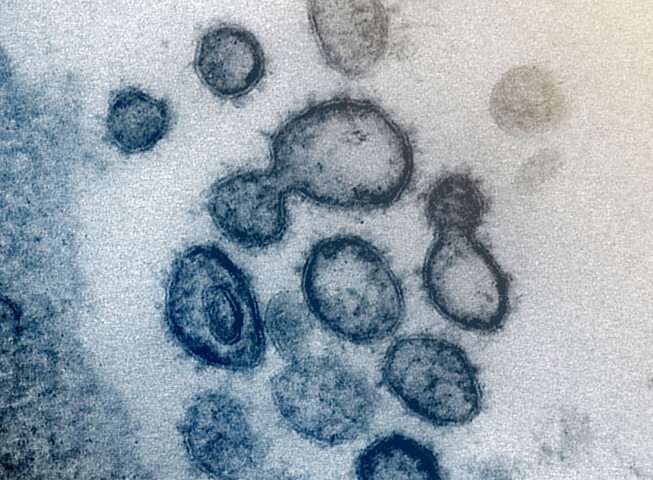
In an important, comprehensive, and timely review, an expert team from the University of California Berkeley details the methodologies used in nucleic acid-based tests for detecting the presence of SARS-CoV-2, the virus that causes COVID-19. They show that these tests vary widely in applicability to mass screening and urge further improvements in testing technologies to increase speed and availability.
Testing for the presence of the SARS-CoV-2 virus has been extensively discussed during the COVID-19 pandemic. The most sensitive tests measure the presence of the virus’ genetic material, RNA, in a patient’s sample, suggesting an ongoing infection.
A huge effort is needed to scale up COVID-19 testing to a level required to ensure public safety. Many tests take several hours to complete and require extensive human labor as well as materials and equipment that are not universally available. There is a pressing need for alternatives, and the research community worldwide has provided a large number of them in journal articles and preprints (papers that have not yet been peer reviewed).
The Berkeley scientists have assessed these approaches and show that some tests take minutes, some take hours, many are done in different ways, and they vary in cost and potential for mass use.
Source: Read Full Article
